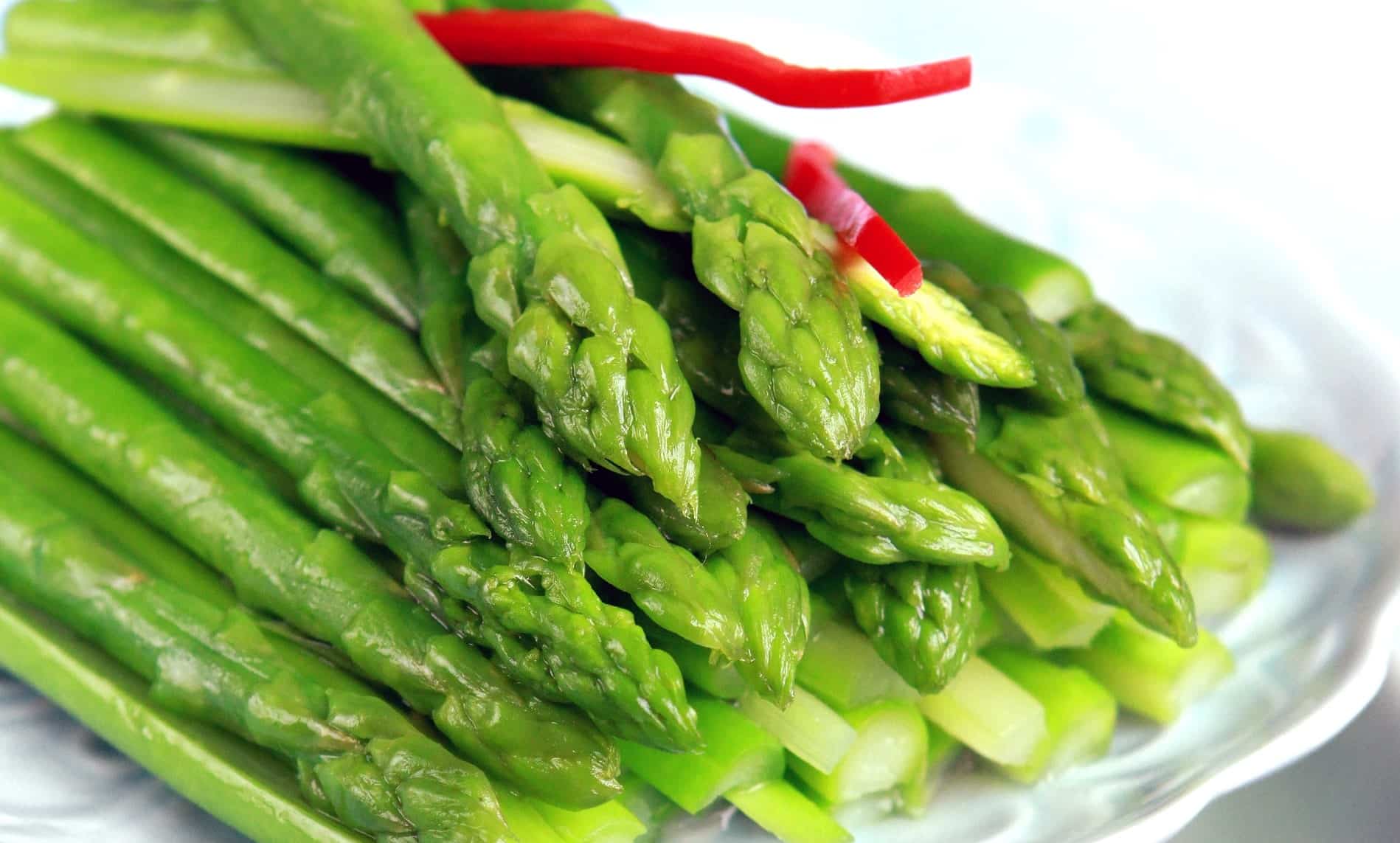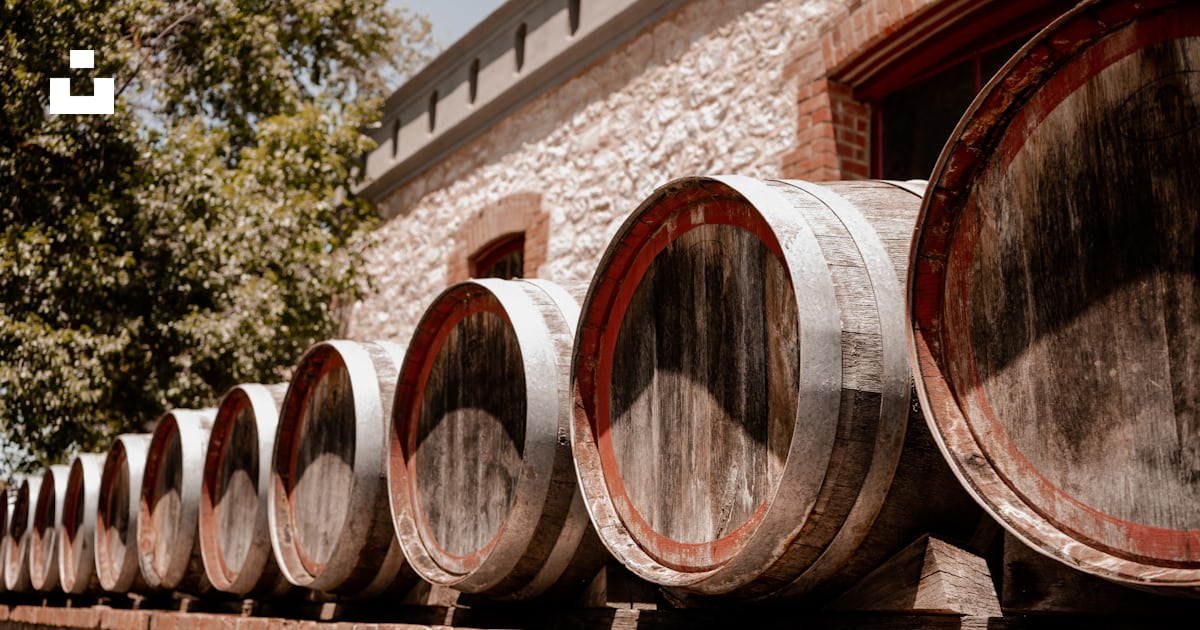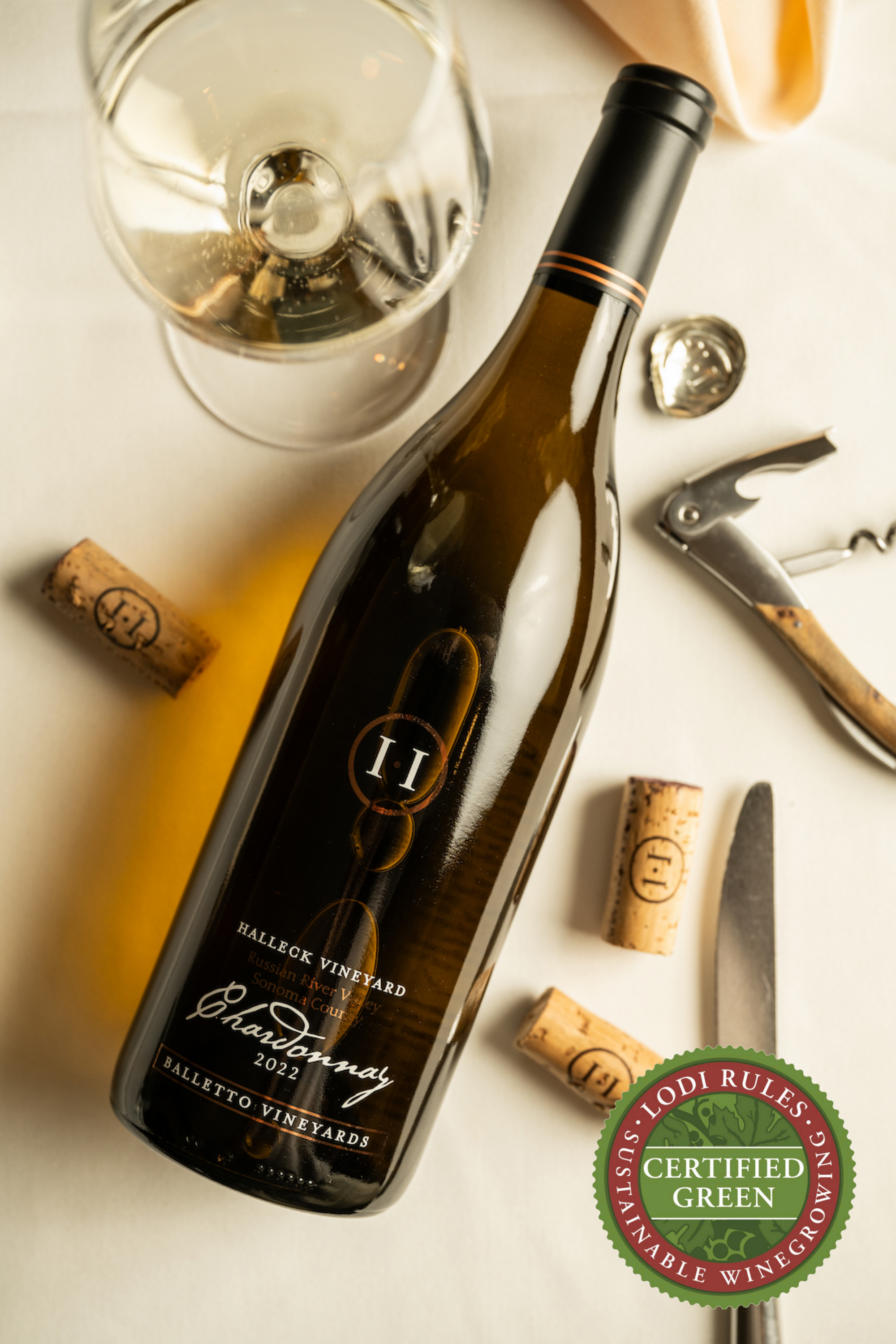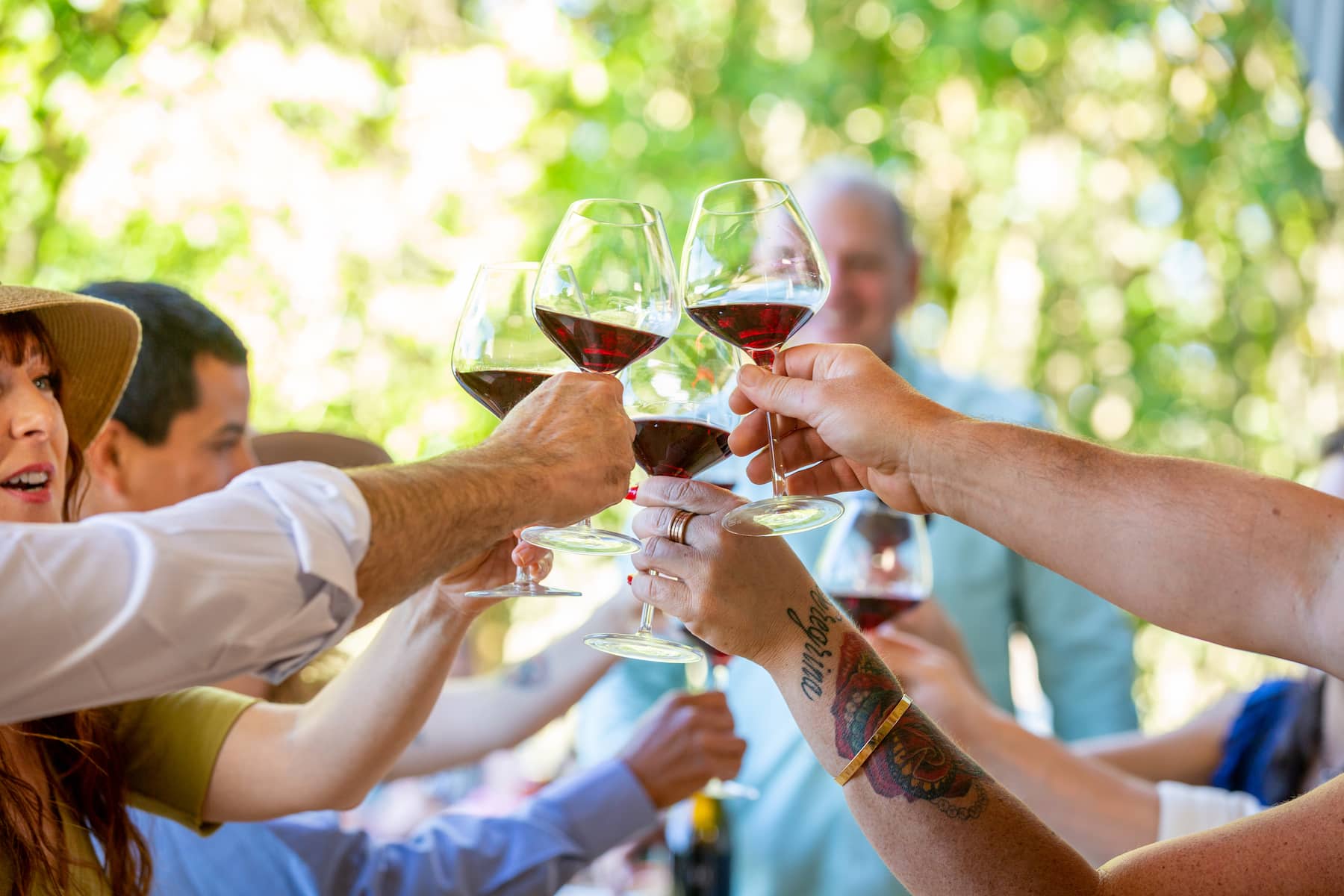Best Chardonnays From Sonoma Winemakers - Sonoma Vineyards Worth Visiting
Wine tasting is an art that mixes sensory experience with an appreciation for the nuances of different varietals. How to judge flavors in winery wine tasting periods is pivotal to greedy the complexities of wine.
Participating in a wine tasting entails more than merely sipping and savoring. It requires a targeted method to identify aromas and flavors that each wine presents. As you begin, observe the wine's look, noting its shade and clarity. These visible cues often suggest a wine’s age, grape selection, and even potential flavor profiles.
The next step within the tasting course of is to swirl the wine in your glass. This motion releases fragrant compounds which might be very important for evaluation. Lean in and take a moment to inhale deeply; the aromas can vary from floral and fruity to spicy and earthy. The nose of the wine is simply as essential because the palate, and recognizing scents plays a big role in understanding the general experience.
When taking your first sip, allow the wine to move throughout your palate - Wineries In Green Valley. Discover the preliminary flavors that present themselves. Is the wine fruity, floral, or perhaps herbaceous? This initial taste gives perception into what the wine is more doubtless to categorical as you continue to judge it. The mouthfeel also contributes to the general flavor experience; it can be silky, tannic, and even effervescent.
Wineries Showcasing Local Art And Crafts - Local Wineries In Sebastopol
As you continue tasting, pay attention to the wine’s steadiness. A well-balanced wine will harmonize acidity, sweetness, and tannins. If one part overwhelms the others, it might indicate a less desirable quality. Evaluating steadiness may help you establish how properly the wine may pair with food.
Transitioning to the end, consider how the flavors evolve as the wine lingers on your palate. A long, nice end can indicate a high-quality wine, whereas a short or abrupt end might suggest in any other case. Reflect on whether or not the flavors stay constant or if new notes emerge because the wine settles. This development can reveal complexities and intricacies that may not have been obvious within the initial tasting.
Temperature is also an important think about evaluating wine flavors. Totally Different types of wine are optimally enjoyed at specific temperatures. White wines often shine when chilled, while pink wines usually perform finest at room temperature. When tasting, ensure the wine is on the appropriate temperature to totally appreciate its character.
Intimate Wine Tasting Experiences In Sonoma - Sebastopol Wine Country
Pairing food with wine can significantly enhance the tasting experience. Foods can affect the notion of flavors in wine, both highlighting certain traits or diminishing them. When evaluating flavors, contemplate how the wine interacts with completely different meals, noticing which flavors are amplified or muted (Affordable Wine Tastings In Sonoma County).

Consider the influence of terroir as you engage in a winery tasting. Terroir encompasses the distinctive environmental factors that affect grape rising, together with soil composition, climate, and geography. Understanding a wine's terroir can present perception into its flavors and aromas, fostering a deeper appreciation for the choices made during its cultivation and production.
Schooling performs a fundamental position in enhancing one's ability to evaluate wine flavors. Learning about grape varieties, wine areas, and production strategies can pave the way for extra knowledgeable judgments throughout tastings. Additionally, attending workshops or classes can refine sensory skills and increase your flavor vocabulary, enabling you to articulate tasting notes more successfully.

Finally, it is Wine tasting in Sonoma County. essential to do not forget that evaluating wine flavors is a extremely personal experience. Individual preferences and perceptions will invariably form one’s tasting journey. Enjoyment should be on the forefront, with the evaluation process appearing as a tool to reinforce understanding and appreciation somewhat than create rigid pointers.
Wineries Near Sonoma Square - Vineyards In The Sonoma Region
In conclusion, mastering tips on how to evaluate flavors in winery wine tasting classes involves a mix of sensory engagement, knowledge, and practice. By learning to determine aromas, assess the balance, and recognize the intricacies of flavor, wine enthusiasts can deepen their connection to each bottle they encounter. As with any art form, the more one immerses themselves in the experience, the extra they may uncover and benefit from the huge world of wine.
- Start by observing the wine's shade and clarity, as these visible components can trace at its flavor profile and growing older potential.
- Swirl the wine gently in your glass; this releases aromatic compounds, allowing you to higher determine the complicated scents associated with the wine.
- Take a deep inhale before tasting, specializing in each main and secondary aromas to collect insights on fruits, spices, and different nuances.
- When tasting, enable the wine to coat your palate; note the initial flavors, the mid-palate complexity, and the end as these levels can provide different flavor highlights.
- Pay consideration to texture and mouthfeel, as elements corresponding to tannin ranges, acidity, and sweetness contribute significantly to the overall tasting experience.
- Examine flavors towards standard wine characteristics; for red wines, contemplate berry notes, oak influence, and natural tones, whereas whites could embody citrus, stone fruits, and floral hints.
- Take notes in the course of the tasting session to track your impressions, serving to you to recollect and evaluate the totally different wines sampled.
- Discuss your findings with fellow tasters or winery employees, as sharing insights can improve understanding and appreciation of individual flavors.
- Enable time for the wine to breathe; sometimes, flavors evolve and reveal new dimensions after being uncovered to air.
- Experiment with food pairings during the tasting as they'll dramatically alter how flavors are perceived, influencing general enjoyment.undefinedWhat ought to I search for when evaluating the aroma of wine during a tasting?
Begin by swirling the wine in your glass to release its aromas. Deliver the glass to your nose and take a deep breath. Pay attention to the primary scents you detect, as these are sometimes probably the most distinguished. Look for fruit, floral, natural, or earthy notes and attempt to establish specific traits, which will deepen your understanding of the wine's complexity.
Wineries With Artisan Chocolate Pairings In Sonoma - Greatest Wine Tasting Locations In Sonoma

How can I distinguish between different flavor profiles in wine?
Understand that flavor profiles are sometimes categorized as fruit, floral, herbaceous, spicy, or mineral. Take small sips and allow the wine to coat your palate. Notice the primary flavors that emerge first and the delicate notes that observe. This layering is essential in distinguishing the wine's characteristics and will allow you to appreciate its unique profile.
Wineries Focusing On Single Vineyard Wines - Explore Sebastopol Area Vineyards
What is the significance of the wine's texture in a tasting?

The texture of the wine, also referred to as mouthfeel, performs an important position in how we perceive flavors. Pay consideration as to whether the wine feels easy, creamy, or gritty. The physique of the wine (light, medium, or full) can enhance or contrast with flavors, providing a more rounded experience throughout tasting.
How do I assess the balance of flavors in wine?
Stability in wine refers back to the harmony between acidity, sweetness, tannin, and alcohol. Take a moment to assess whether or not these components complement or intervene with each other. A well-balanced wine will have none of its components overpowering the others, creating a pleasant tasting experience.
Family Friendly Wineries With Outdoor Spaces - Wine Tasting And Vineyards In Sonoma
What function does temperature play in evaluating wine flavors?
Temperature can considerably influence the perception of flavors. Generally, red wines are greatest served slightly beneath room temperature, whereas white wines get pleasure from being chilled. As the temperature changes, the aromas and flavors can shift, allowing you to perceive completely different characteristics. It’s essential to style wine at its optimal temperature for true evaluation.
Unique Wine And Food Pairings In Sonoma - Wineries In The Sebastopol Region
How can I improve my tasting skills over time?
Practice is key to enhancing your tasting skills. Wineries That Offer Barrel Tastings. Attend tastings, hold a journal of your experiences, and explore various sorts of wines to broaden your palate. Moreover, learning about wine production and grape varieties can provide context that enhances your analysis process, making you a more knowledgeable taster.
Is there a specific order during which I ought to style the wines?
Wineries Pairing Wine With Chocolate - Exploring Sonoma's Wine Landscape
Sure, it’s advisable to style wines from light to full-bodied and dry to candy. This progression prevents the stronger flavors from overshadowing the more delicate browse around this site ones, allowing you to completely respect each wine's characteristics and nuances without palate fatigue.